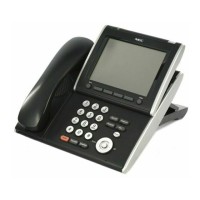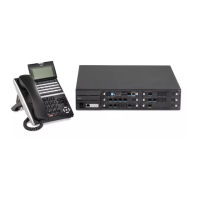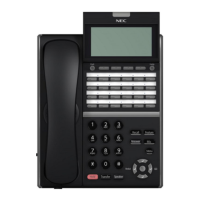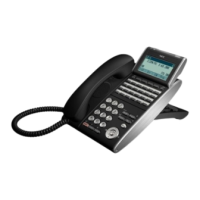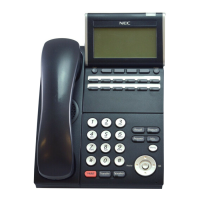96
Callback
When an extension user calls a co-worker that does not answer or is busy, they
can leave a
Callback request for a return call. The user does not have to
repeatedly call the unanswered
extension back, hoping to find it idle.
The system processes Callback requests as follows:
1.
Caller at extension A leaves a Callback at extension B.
Caller can place or answer additional calls in the meantime.
2.
When extension B becomes idle, the system rings extension A. This is the Callback ring.
3.
Once caller A answers the Callback ring, the system rings (formerly busy or
unanswered)
extension B.
If caller A does not answer the Callback ring, the system cancels the Callback.
4.
As soon as caller B answers, the system sets up an Intercom call between A and B.
Callback Automatic Answer determines how an extension user answers the Callback
ring. When
Callback Automatic Answer is enabled, a user answers the Callback
ring when they lift the
handset. When Callback Automatic Answer is disabled, the
user must press the ringing line
appearance to answer the Callback ring.
Conditions
An extension can leave only one Callback request at a time.
Call Arrival (CAR) Key (virtual extension) keys do not support
Call Waiting/
Camp-On Programmable Function keys (code
35).
If an extension user initiates a Callback but does not hang up,
their extension
Camps-On to the busy extension.
Function Keys simplify Callback operation.
The Callback feature is not available when calling a busy station from
a Wireless
DECT (SIP) handset.
Default Settings
Enabled
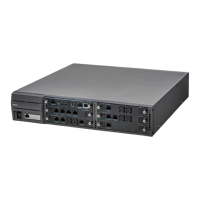
